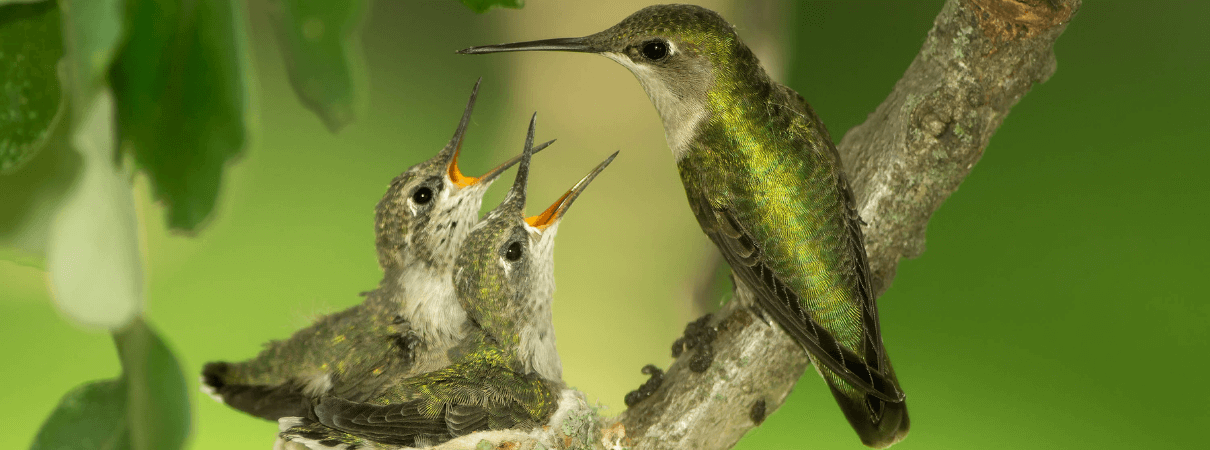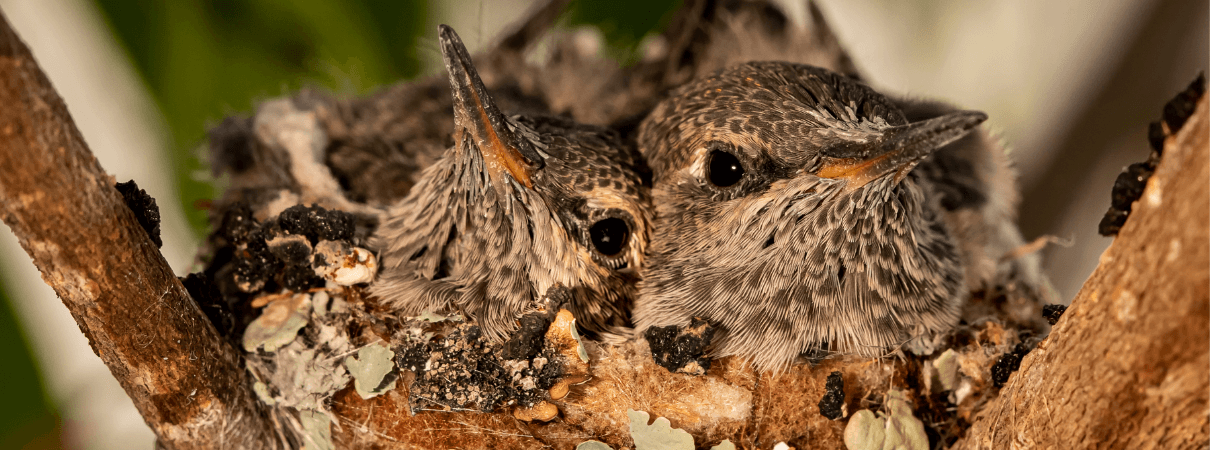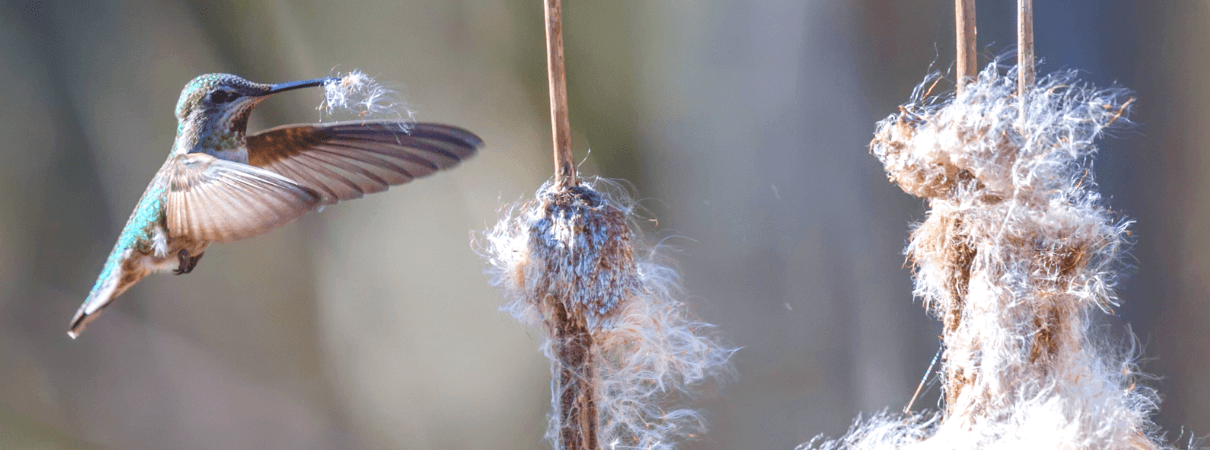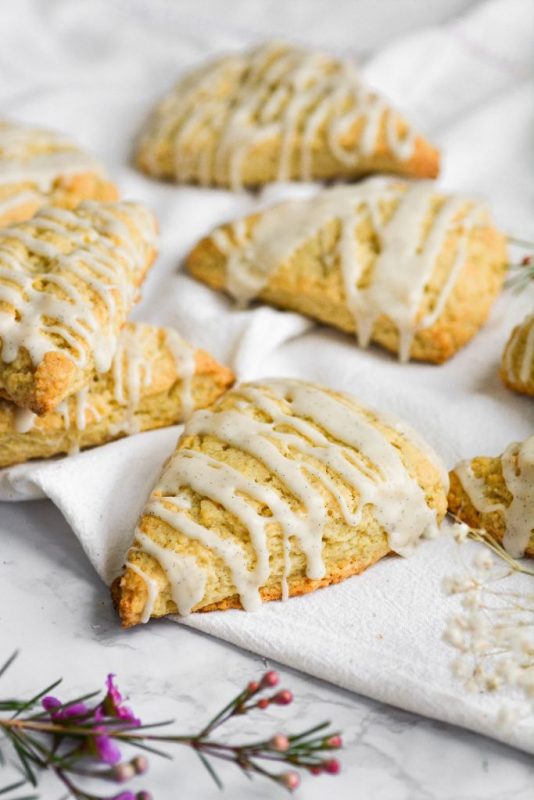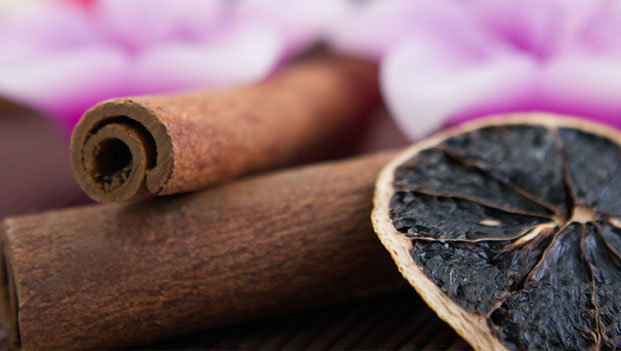
Fiona Harvey
Show captionAnimal welfare protesters at a rally in front of the Al Kuwait live export ship as sheep are loaded in Fremantle harbour, 16 June 2020. Photograph: Richard Wainwright/AAPAnimal welfare
Set of government measures will include halting most live animal exports and a ban on hunting trophy imports
Animals are to be formally recognised as sentient beings in UK law for the first time, in a victory for animal welfare campaigners, as the government set out a suite of animal welfare measures including halting most live animal exports and banning the import of hunting trophies.
The reforms will be introduced through a series of bills, including an animal sentience bill, and will cover farm animals and pets in the UK, and include protections for animals abroad, through bans on ivory and shark fins, and a potential ban on foie gras.
Some of the measures – including microchipping cats and stopping people keeping primates as pets – have been several years in preparation, and others – such as the restriction of live animal exports – have been the subject of decades-long campaigns.
George Eustice, the environment secretary, said: “We are a nation of animal lovers and were the first country in the world to pass animal welfare laws. Our action plan for animal welfare will deliver on our manifesto commitment to ban the export of live animal exports for slaughter and fattening, prohibit keeping primates as pets, and bring in new laws to tackle puppy smuggling. As an independent nation, we are now able to go further than ever to build on our excellent track record.”
The action plan for animal welfare includes measures that will involve cracking down on pet theft, which has become a growing problem in the “puppy boom” sparked by the coronavirus lockdowns with a new taskforce. Controversial e-collars that deliver an electric shock to train pets will be banned, and import rules changed to try to stop puppy smuggling.
Illegal hare coursing will also be the subject of a new crackdown, and the use of glue traps will be restricted. In response to worries from farmers over dogs loose in the countryside during the lockdowns, police will be given new powers to protect farm animals from dogs.
However, the use of cages for poultry and farrowing crates for pigs will not be subject to an outright ban, as campaigners had called for. Instead, their use will be examined, and farmers will be given incentives to improve animal health and welfare through the future farm subsidy regime.
The government also repeated its pledge to uphold UK animal welfare in future trade deals, but will not put this commitment into law as campaigners have urged.
James West, senior policy manager at Compassion in World Farming, a pressure group, said some of the measures were the subject of protracted campaigns: “We have long been calling for UK legislation that recognises animals as sentient beings and for sentience to be given due regard when formulating and implementing policy. We are also delighted the government has confirmed it will legislate for a long-overdue ban on live exports for slaughter and fattening. We have been campaigning for this for decades: it is high time this cruel and unnecessary trade is finally brought to an end.”
He called for the government to go further, and stop the import and sale of foie gras, and ban the use of cages for the UK’s 16 million sows and laying hens that are still kept in cages.
He added: “All of these positive announcements must be supported by a comprehensive method of production labelling, and it is essential that the government ensure these much-needed animal welfare improvements are not undermined by future trade agreements.”
The ban on the import and export of shark fins, the subject of a campaign by the chef Hugh Fearnley-Whittingstall and others, was also welcomed. Steve Backshall, the Wildlife TV presenter and patron of the Bite-Back campaign on shark finning, said: “[This] will be significant in helping restore the balance of the oceans [and] sends a clear message to the world that shark fin soup belongs in the history books, not on the menu.”
Claire Bass, executive director of Humane Society International/UK, said: “Delivering on the plan will require understanding and real commitment from across Whitehall. Respect for animal welfare is not only the right thing to do for animals, it will also play a critical role in tackling global environmental and public health challenges such as climate change, antibiotic resistance, and pandemic prevention.”




